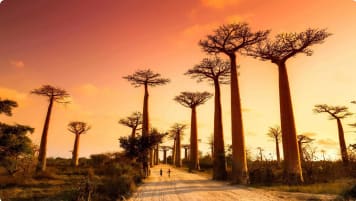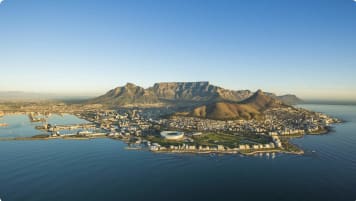Pinnacle Point and the History of Early man
Article about for senior couples and mature solo travellers about history, culture and place in Africa, Europe and the rest of the world interested in a small group educational tour.
4 Nov 21 · 8 mins read
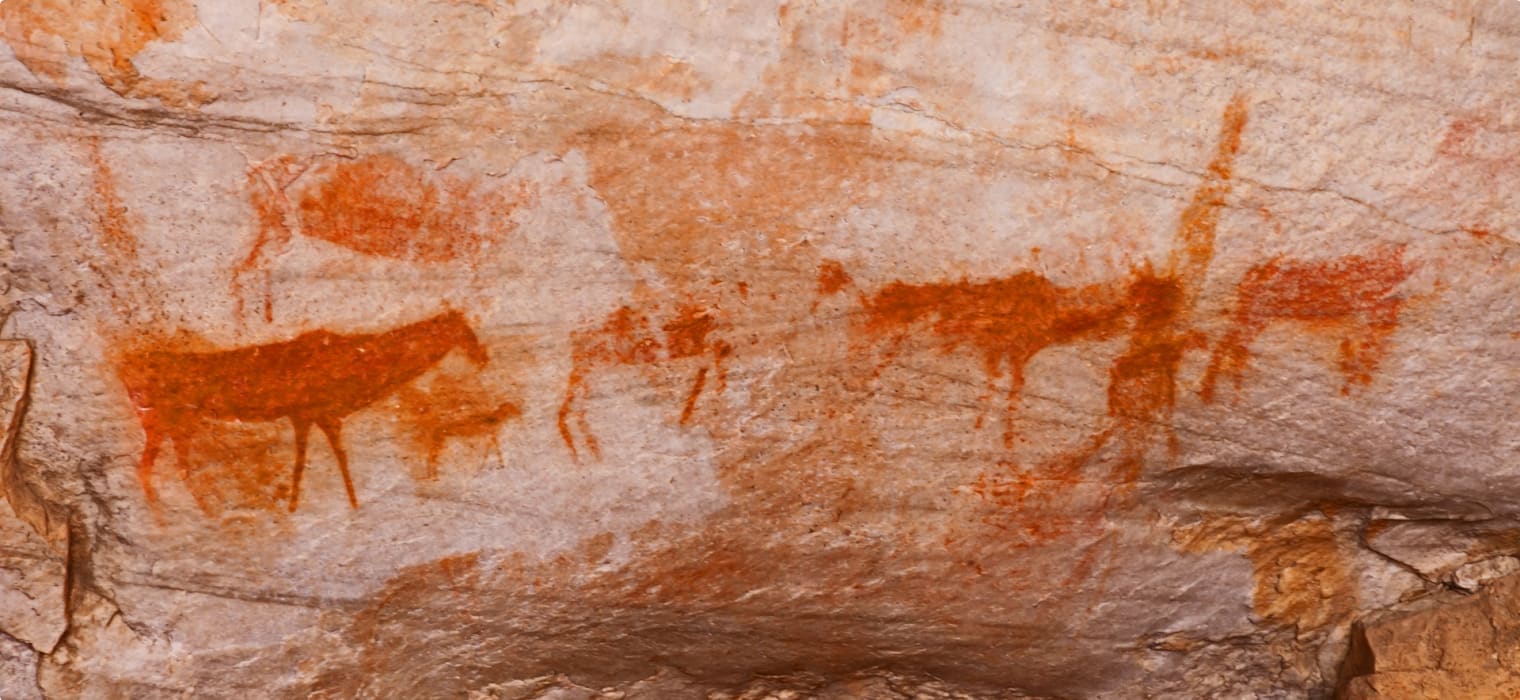
Pinnacle Point and the History of Early Man
Pinnacle Point, a small promontory near Mossel Bay on the south coast of South Africa, appears to be the place where the very first human beings ever settled down by the sea. They arrived here some 164,000 years ago, during an extended ice age 195,000 to 123,000 years ago, which brought cold and dry climatic conditions and left much of the continent uninhabitable.
African Homo sapiens populations plummeted during this period, with those that could survive seeking refuge from Africa’s arid interior on the edges of the continent. The southern coast of Africa offered one of the few sustainable spots, harbouring an abundance of shellfish, mammals, and edible plants.
Excavations since the year 2000 at a series of caves at Pinnacle Point have revealed the nature of this occupation and how these early humans managed to survive. Evidence gathered from once such cave in particular, known by the archaeological community as PP13B, has shown how these inhabitants ate shellfish, honed blades, and daubed themselves or their surroundings with pigments of ochre.
The discoveries indicated systemic exploration for marine resources and the utilisation of visual symbols. This was significant as it confirmed advanced cognitive abilities, debunking the notion that these abilities evolved long after humans become anatomically modern. This advanced intellect, no doubt, contributed significantly to the survival of the species.
This article explores the history of early mankind as signified by the discoveries at Pinnacle Point. It is intended as background reading for Odyssey Traveller’s 19-day Southern African Tour for Seniors. Much of the information is sourced from Curtis W. Marean’s article “When the Sea Saved Humanity” and Simon Winchester’s Book Atlantic: A Vast Ocean of a Million Stories.

Population Decline
Genetic and fossil evidence shows that Homo sapiens evolved in Africa shortly before 195,000 years ago. At this time the climate was mild, and food was plentiful, supporting significant populations. However, the ideal conditions would not last, detreating rapidly from around 195,000 years ago as the planet entered a long ice age that lasted roughly 72,000 years.
During this ice age, Africa became cool and arid, with significantly expanded deserts relative to the modern day. The conditions would have been such that much of the landmass was uninhabitable. As a result, human populations plummeted.
Those who could fled Africa’s arid interior, heading to the more hospitable southern shore of the continent. Here they survived on abundant year-round shellfish, mammals, and edible plants, allowing populations to increase once more.
All humans alive today are descended from the surviving population during this period, which could have been as low as several hundred individuals around 150,000 years ago. The narrow genetic diversity of modern humans suggests that the main progenitor was a single group that lived in one region and then spread outward to mix with other populations.
The Discovery of Early Man
Some scientists had long suspected that humans had had to travel to cluster along the southern coast of Africa during this ice age, but by 1999 they still had no archaeological evidence to prove such. So, that year, an American researcher, Curtis Marean, from the School of Evolution and Social Change at Arizona State University, decided to conduct a search there for archaeological sites dating to that time period.
The location of Marean’s search was not random. He analysed geological formations, sea currents, climate data, and other information to find shelters that were sufficiently close to the then sea level to allow easy access to shellfish, yet sufficiently elevated for their contents not to be washed away by storms or high tides.
As a result, he was able to pinpoint his research to destinations likely to hold archaeological sites. One such destination were the caves of Pinnacle Point, a promontory near the town of Mossel Bay, South Africa, that juts into the Indian Ocean. One cave in particular, known simply as PP13B, held promising artefacts, including hearths and stone tools. A sand dune and a layer of stalagmite covered these remnants of human activity, suggesting that they were quite old.
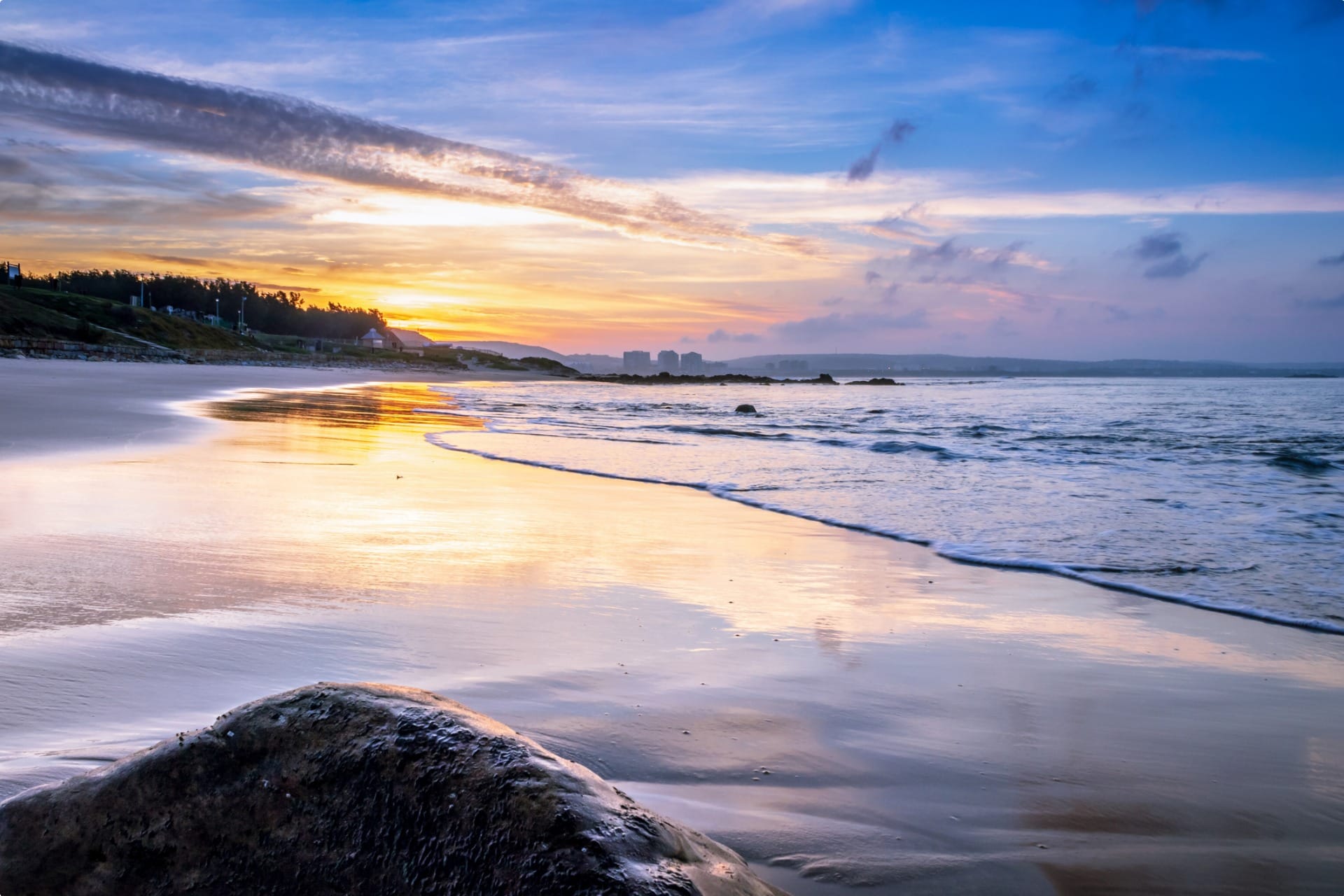
Marean returned the following year, had a local ostrich famer build him a complicated wooden staircase to allow safer access to the site, and began to dig. In doing so, he and his team eventually excavated a remarkable deluge of archaeological evidence of the prehistoric residents of Pinnacle Point.
Discoveries included ash, showing the inhabitants lit fire to keep themselves warm; 64 small pieces of rock fashioned into blades; and 57 chunks of red ochre, of which twelve showed signs of having been used to paint red lines on something, whether walls, faces, or bodies. There were also the shells of 15 kinds of marine invertebrates, including shore barnacles, whelks, chitons, limpets, and a single whale barnacle believed to have come attached to a whale skin found washed up on the beach.
The researchers concluded that this large sea cave in the South African coast was one of the places where humankind first reached the shores of the sea. The deposits in the cave, as well as others in nearby sites, provide an account of how the people eked out a living approximately 164,000 to 35,000 years ago. This timeframe involves the period in which the human population reached its lowest point of decline and then the period after the population began to recover again.

Conducive Conditions for Survival
The inhabitants of Pinnacle Point were able to survive by feasting on the seafood and carbohydrate-rich plants and large animals that flourished in the coastal environment, even as humans were dying out in the cold and dry conditions on the rest of the continent.
The southern edge of Africa has a unique combination of plants and animals conducive for survival. Here a thin strip of land hugging the shoreline, known as the Cape Floral Region, contains the highest diversity of flora for its size in the world. A staggering 9,0000 plant species inhabit this 90,000 square kilometre strip, some 64% of which are unique to the area.
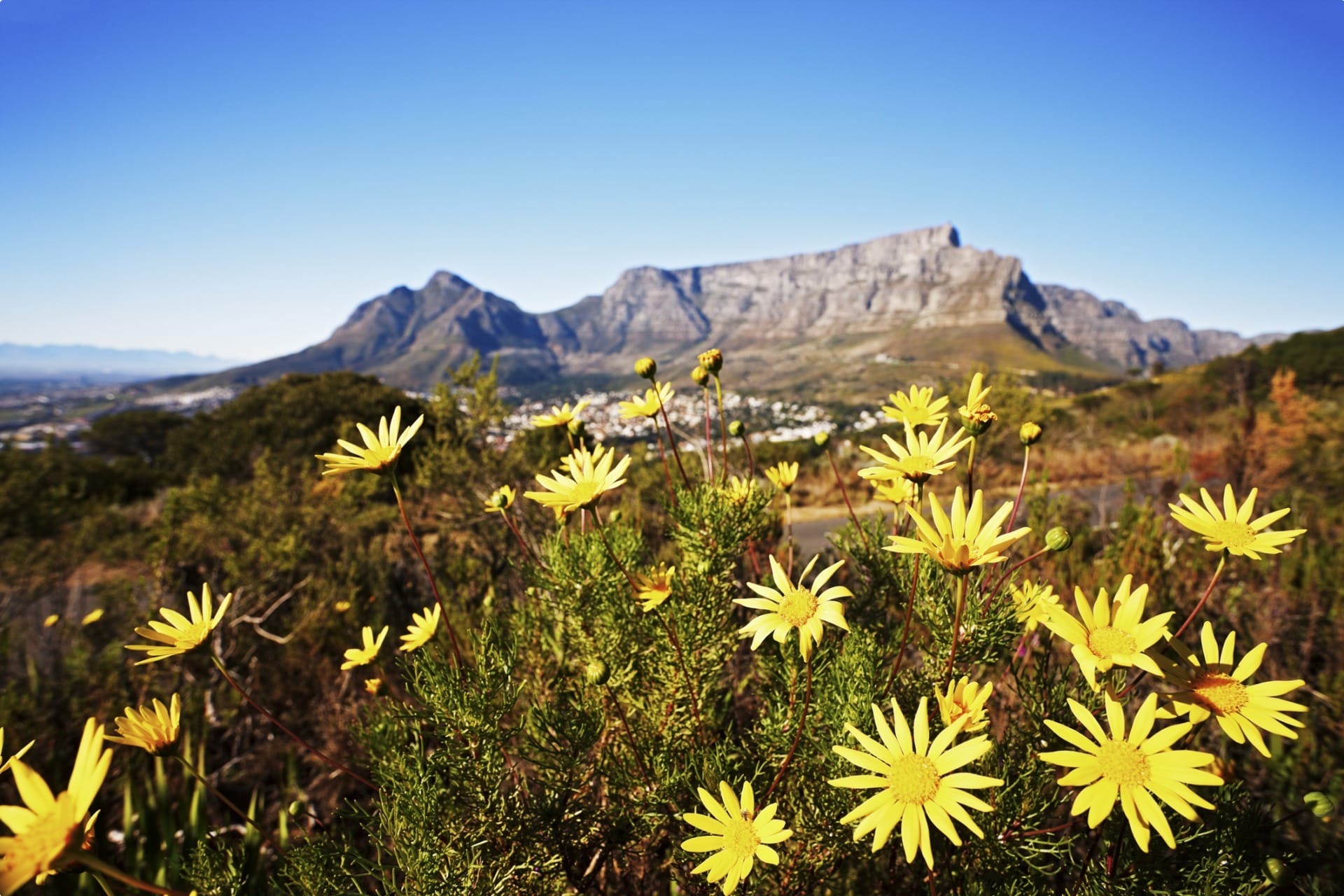
The two most extensive vegetation groups here are the fynbos and the renosterveld, consisting largely of shrubs. These would have been a valuable commodity for a human forager equipped with a digging stick, with plants in these groups producing the world’s greatest diversity of geophytes – underground storage organs which hold energy and water, such as tubers, bulbs, and corns.
Protein sources are also available in abundance here along the southern coast, with diverse and dense beds of shellfish supported in the rocky intertidal zones and sandy beaches. Shellfish are a very high-quality source of protein and omega-3 fatty acids. And, as shellfish proliferate in lower ocean temperatures, there would have been an even greater abundance available during the ice age.
It is not exactly sure how the community decided to dine on the shellfish here. Most likely the inhabitants saw seabirds picking up the various shells, cracking them on the rock shelves, and gorging themselves on the flesh within.
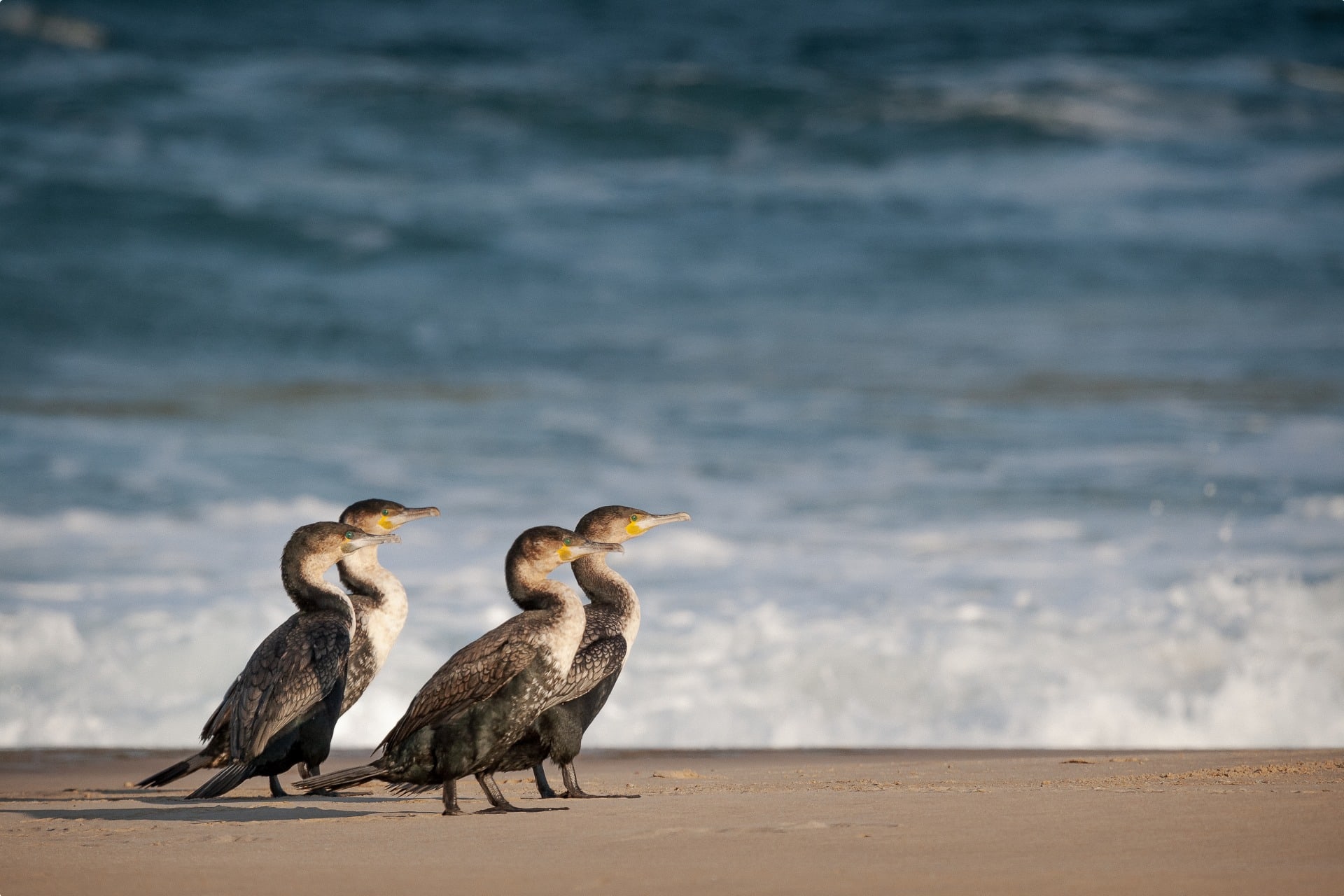
Large-bodied mammals, such as antelope and zebra, provided a third food resource during this ice age. As sea level dropped, a grassland dominated plain exposed in front of the caves, with herds of large mammals moving across these grasslands.
In short, the region provided an exceptional and ideal concentration of there major food types during the ice age. The impact was significant for early humans, with the limitless abundance of nourishing food meaning they could not only survive but ultimately settle down permanently. Winchester writes, “They could at last begin to consider the rules of settlement – which included the eventual introduction of both agriculture and animal husbandry and, in good time, civilization.”
Advanced Behaviour
Further discoveries at Pinnacle Point allude to the existence of advanced human behaviour, with cognitive abilities capable of abstract and creative thought and conceptualising increasingly complex technologies.
Among the stone tools are significant numbers of “bladelets” – thin blades that are about only an inch long, too small to wield by hand, that could be attached to shafts of wood or bone and used as projectile weapons. These tools represent a major development in major capacity, which previously was thought to have appeared in Europe about 40,000 years ago but, as the Pinnacle Point evidence proves date back as far as 160,000 years or more.
There is also evidence that the early inhabitants of Pinnacle Point had an artistic side. At PP13B, dozens of pieces of scraped and ground ochre were discovered that would have probably been utilised to form a paint pigment that could be applied to the body or other surface. This is much earlier than the earliest known usage from Blombos Cave slightly further to the west roughly 70,000 years ago.

Marean writes, “Such decorations typically encode information about social identity or other important aspects of culture – that is, they are symbolic.” The ochre colourings suggest the inhabitants employed symbol-signs perhaps as warning or greeting, information or suggestion, pleasure or pain, or other simple forms of communication. Marean and many of his colleagues believe this ochre constitutes the earliest unequivocal example of symbolic behaviour on record, pushing the origin of such practices back by tens of thousands of years.
This, along with the sophisticated technology at Pinnacle Point, has major implications for understanding the origin of our species and the emergence of the modern mind. They contradict the classical hypothesis that modern behaviour emerged only 40,000 years ago, reached thorough a large cultural leap. Rather, they suggest our species was capable of modern cognition as far back as our evolution to anatomically modern humans – at least 195,000 years ago.
Tour of Southern Africa
Explore the history of early man and more on Odyssey Traveller’s 19-day Tour of Southern Africa for mature and senior travellers. During this tour, we explore Africa’s natural beauty, its heritage, its World Heritage Sites, and famous cities, all with some truly spectacular scenery along the way. This and more is all waiting to be explored on one of Odyssey’s small group tours of South Africa, designed for the senior traveller, and led by experienced, and enthusiastic like minded people.
This is an unforgettable, fully escorted tour of Africa’s southernmost countries designed with the (mature) senior traveller in mind whether as a couple or solo traveller. Travellers will be amazed by southern Africa’s scenic beauty, cultural diversity, and astounding wild life. This historically complex and beautiful region features rich farmland, vast plains, rugged mountains, cosmopolitan cities, and traditional villages
This tour will begin in Cape Point and weave across southern Africa to visit Victoria Falls in Zimbabwe and Livingstone in Zambia, ride through Chobe National Park in Botswana, and end in Johannesburg, South Africa’s largest urban area and its centre of commerce. In this city, travellers will have the option to extend their holiday to Namibia and Madagascar, also with Odyssey Traveller.
Articles on Africa published by Odyssey Traveller:
The following list of articles published by Odyssey Traveller for mature aged and senior travellers to maximise their knowledge and enjoyment of Spain when visiting;
- A History of South Africa for Senior Travellers
- Exploring South Africa: The Definitive Guide for Travellers
- South Africa’s garden route
- Caves of Hercules, Morocco
- Madagascar: For the Curious
External articles to assist you on your visit to South Africa:
Related Tours

19 days
AugSouthern Africa Tour | Fully Escorted Africa Tour for Seniors
Visiting Botswana, South Africa
Experience as a small group tour for couples and solo travellers, the beautiful landscapes of the Garden route and the unique wildlife at places such as Kruger National Park, Cape Town, Victoria Falls and Chobe Game Reserve. During the program participants will have the opportunity to learn about the culture, the politics and the social issues facing South African people in Soweto and more. How the natural resource managers are caring for their wildlife reserves in the face of land enclosure, climate change and poaching.
From A$12,095 AUD
View Tour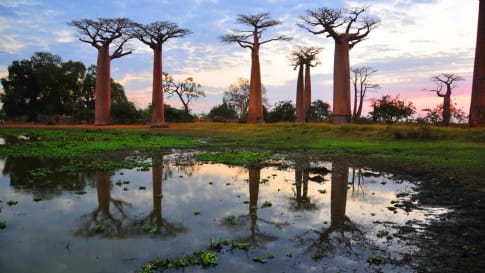
16 days
Apr, Aug, SepMadagascar Small Group Tour | The island of Lemurs & Avenue of Baobabs
Visiting Madagascar
On this small group tour we explore the country’s natural wonders as well as its colonial past. Madagascar has a range of extraordinary plant and animal life which we will have the chance to view in the island’s National Parks and Nature Reserves. While on the tour we will also learn about both the Portuguese and French periods of control.
From A$14,295 AUD
View Tour
days
Mar, May, Aug, Sep, Oct +2Small group tour of World Heritage sites and more in the Southern States of Australia
Visiting New South Wales, South Australia
Discover the World Heritage Sites of the southern states of Australia travelling in a small group tour. A journey of learning around the southern edges of the Murray Darling basin and up to the upper southern part of this complex river basin north of Mildura. We start and end in Adelaide, stopping in Broken Hill, Mungo National Park and other significant locations.
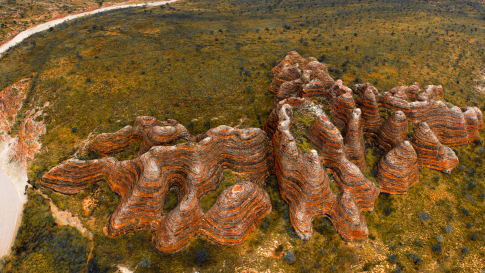
19 days
Sep, Apr, May, Jun, Jul +2Kimberley, Purnululu, Tiwi Islands and Arnhem Land
Visiting Northern Territory, Western Australia
Small group tour touring most of the Australian territory, travelling through the outback and visiting many of the famous sights as well as off the beaten track locations, giving you the opportunity the explore and meet our people in the most remote locations and far north Kakadu and the Kimberley.
From A$14,995 AUD
View Tour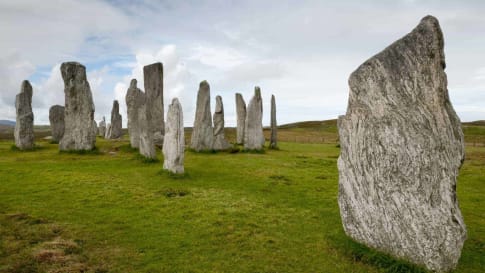
21 days
AugPrehistoric Britain small group history tour including standing stones
Visiting England, Scotland
This guided tour invites you to explore UNESCO World heritage sites at Skara Brae in the Orkneys, Isle of Skye, and Stonehenge in a prehistoric tour. This escorted tour has trips to key sites in Scotland, and the Irish sea in Wales such as Gower Peninsula and National Museum in Cardiff and England. Each day tour is supported by local guides.
From A$16,750 AUD
View Tour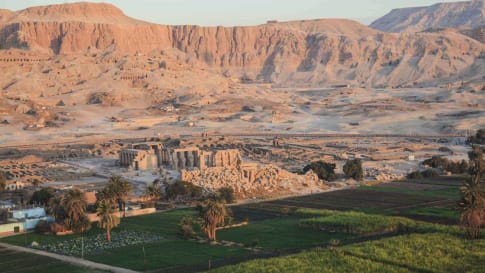
18 days
Nov, JanEgypt tour: escorted small group history & cultural tour of Egypt
Visiting Egypt
Our small group program for senior and mature couples and solo travelers takes us to contemporary feats such as the Aswan Dam and also to current crucibles of the Egyptian experience such as Tahrir Square. Proof, were it needed, that Egypt’s role as the pivot of civilisation is far from ended. There is the opportunity to visit our Morocco, Jordan or Iran tours before embarking on this tour of Egypt.
From A$12,950 AUD
View TourRelated Articles

Ancient Aboriginal trade routes of Australia
Ancient Aboriginal trade routes of Australia Trade was a central part of life for Aboriginal people prior to the British settlement of Australia. Trading routes criss-crossed the nation, dispersing goods, information, technologies and culture thousands…

Bronze age civilisations of the Eastern Mediterranean Islands
Bronze age civilisations of the Eastern Mediterranean Islands As you explore these islands and learn about the cradle of Western civilisation, ancient cultures and history will come to life. Visit magical Santorini, which contains a…
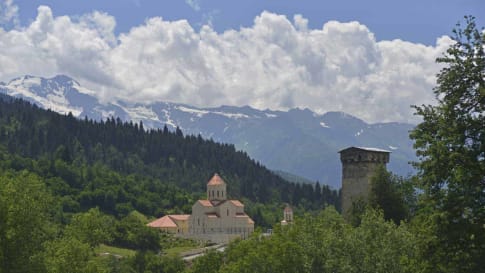
Clothes began in Georgia | History of clothing
For small group tour of mature and senior travellers touring Europe, this article provides an insight into the origin of textiles and fabric from Georgia in the Caucasus, to the Roman Empire and Southern Italy and Rome through to the industrial revolution of Britain.

Exploring Britain's Prehistoric Past: The Definitive Guide for Travellers
Article on Britain's neolithic past for small group educational tours for senior couples and mature solo travellers interested in learning about Standing stones, burial chambers, Skara Brae and Stonehenge or Beaker people.
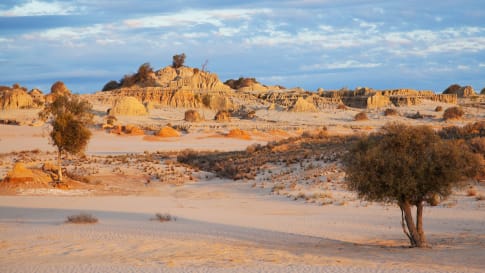
Mungo Man and Mungo Lady, New South Wales
Part of a small group tour of World heritage sites on Victoria, NSW & South Australia for mature and senior travellers. Learn and explore in the Mungo National park about Aboriginal settlement and the fauna and flora of this National park.

Uncovering the ancient history of Aboriginal Australia
For small group escorted tours of Australia in Queensland, Victoria, New South Wales, South Australia, Tasmania, Western Australia and the Northern Territory a guide on Aboriginal culture for mature and senior travellers.
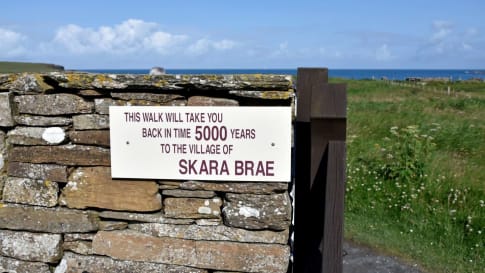
Skara Brae, Scotland
Article introducing Neolithic Britain and the trading routes to Iceland, the Faroe Islands and the Irish sea. Skara brae is included on the Scottish isles tour and the Prehistoric Britain program. Small group tours for senior couples and mature solo travelers.
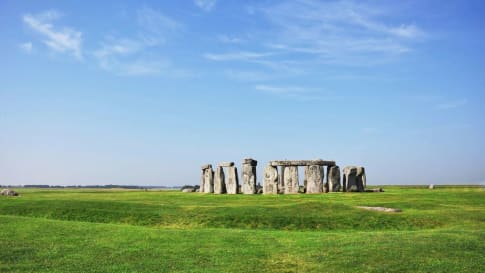
Standing Stones in Prehistoric Britain
Standing Stones in Prehistoric Britain Stonehenge, England, United Kingdom The standing stones of Great Britain continue to be the subject of research and archaeological hypothesis. Britain is not the only location where standing stones are…
